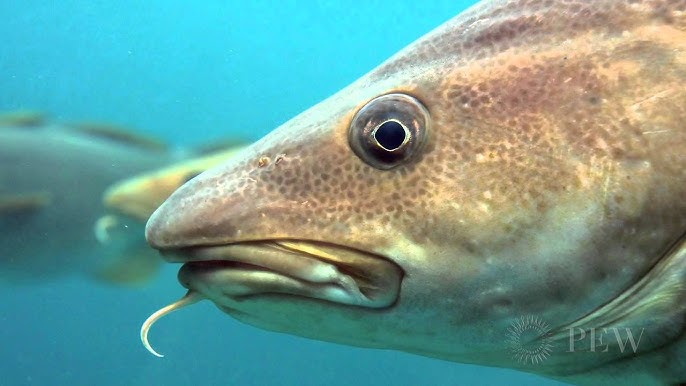How Northwest Europe’s Hake Population Rebounded: Lessons for Sustainable Fisheries
In the wee hours of the morning, Galicia’s fishing villages buzz with activity, defying the assumption of quietude. The Port of Celeiro, nestled along Galicia’s extensive coastline, witnesses a flurry of action as dock workers unload fresh catches, primarily hake, destined for bustling markets nearby.
Galicia, with its privileged access to the Atlantic Ocean, is a seafood haven, with hake reigning as a culinary staple and economic mainstay. Domingo Alló Puñal, a local chef, extols the fish’s versatility, highlighting its significance to Galician cuisine. For José Luis Fernández Louzao, a chief mate, and many others, hake isn’t just a fish; it’s their livelihood.
But Galicia’s hake industry faced peril not long ago. Decades of overfishing in the 1980s and 90s pushed hake stocks to the brink of collapse, threatening both the environment and coastal communities. Marine scientist Javier López recounts this precarious period, emphasizing the alarming decline in hake numbers and its repercussions.
However, concerted efforts and timely interventions turned the tide. The European Union implemented stringent catch limits, adopted selective fishing gear, and designated protected areas for hake conservation. The result: a remarkable resurgence of hake populations, heralding a new era of sustainability.
Similar measures could benefit other dwindling species. López underscores the importance of setting long-term recovery goals and steadfastly enforcing conservation measures. While challenges persist for local fishermen, the resurgence of hake offers hope for Celeiro’s revival.
Yet, while Northwest Atlantic hake thrives, Mediterranean stocks languish. Beatriz Guijarro, leading fishery stock assessments, sheds light on the precarious state of Mediterranean hake populations, emphasizing the urgency of conservation efforts.
At the port of Alcúdia in Mallorca, Captain Joan Jesús Vaquero Enseñat reflects on the fishing sector’s initial resistance to restrictions but acknowledges their necessity today. Despite progress in mitigating overfishing, López warns against complacency, urging proactive conservation measures to safeguard marine biodiversity.
In conclusion, the resurgence of hake in Northwest Europe serves as a testament to the efficacy of sustainable fisheries management. López advocates for preemptive action, emphasizing the need for prudent resource management to ensure the ocean’s continued abundance.















































